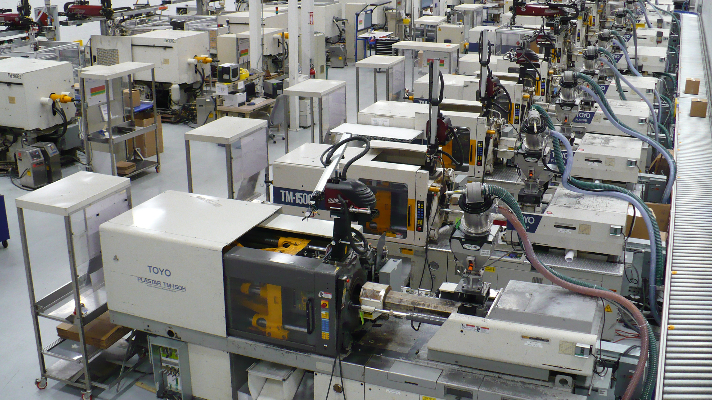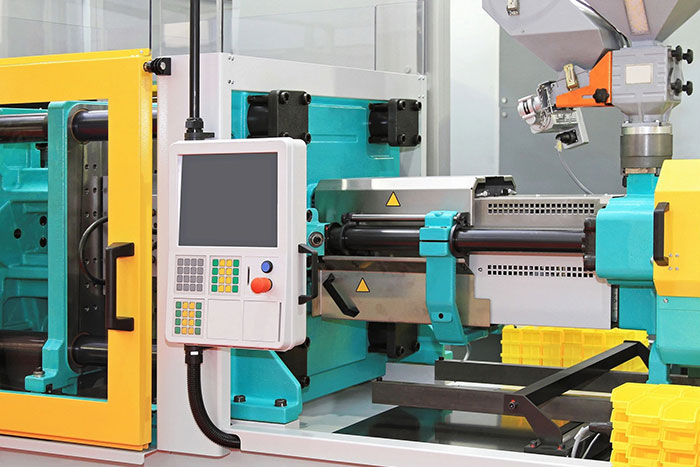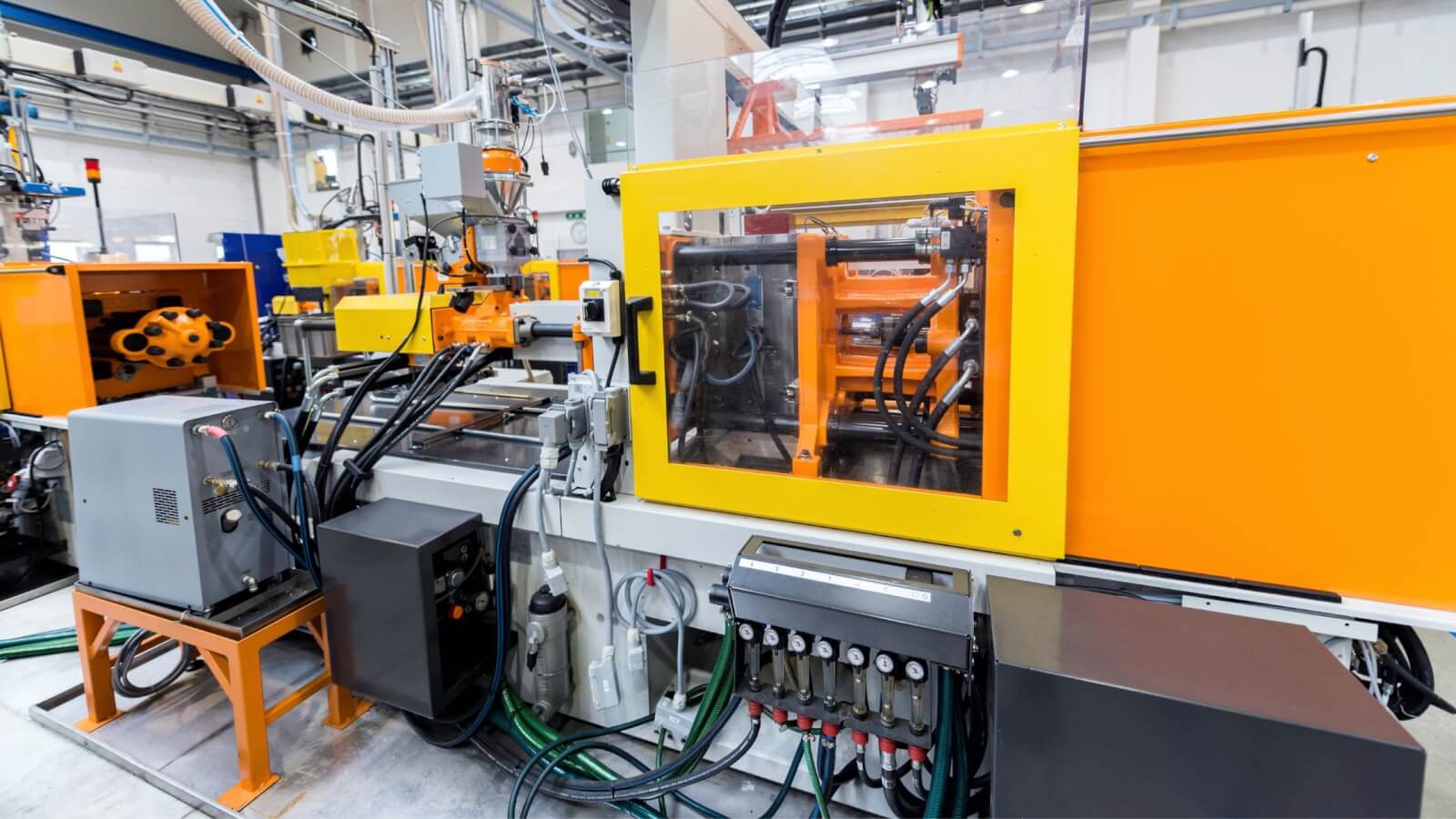The Future of Plastic Shot Molding: Fads and Innovations to See
As the plastic injection molding industry develops, a number of key patterns are arising that assurance to improve its landscape. Automation and clever production methods are readied to boost performance, while the shift in the direction of lasting materials reflects a growing ecological awareness. In addition, advancements in 3D printing are leading the way for unprecedented style flexibility. These developments additionally bring forth difficulties that require careful consideration. Comprehending how these aspects will certainly communicate and affect future techniques is important for stakeholders seeking to browse this transformative duration effectively.
Automation and Smart Production
As the plastic shot molding industry develops, automation and smart manufacturing are taking center phase, reinventing production procedures - Plastic Injection Molding. The integration of innovative innovations such as robotics, IoT (Web of Points), and synthetic knowledge is enabling makers to enhance performance, decrease functional costs, and boost product high quality. Automated systems simplify operations, decreasing hand-operated intervention and boosting throughput, which is crucial in satisfying the rising demand for rapid manufacturing cycles
Smart making modern technologies help with real-time tracking and data analysis, permitting companies to optimize maker efficiency and forecast upkeep demands. This aggressive approach not just reduces downtime however additionally extends the lifespan of tools. The use of collaborative robotics, or cobots, boosts the flexibility of manufacturing lines, making it possible for machines and workers to run side by side safely and effectively.
The fostering of automation in plastic injection molding is not merely a pattern however a critical imperative for services intending to continue to be competitive in a global market. By using these modern technologies, suppliers can attain higher accuracy, reduce waste, and adjust quickly to transforming consumer needs, positioning themselves for sustainable development in a significantly automatic future.
Lasting Materials and Practices
The press in the direction of automation and clever manufacturing has led the method for a greater focus on lasting products and practices within the plastic shot molding market. Business are significantly looking for eco-friendly alternatives to standard petroleum-based plastics, resulting in the fostering of recycled and bio-based materials. These lasting products not only minimize ecological influence however also align with consumer demand for greener products.

Moreover, cooperation between suppliers, material providers, and environmental organizations is cultivating innovation in the development of sustainable products that satisfy performance criteria without jeopardizing quality. As policies around plastic usage become stricter, the industry is poised to adjust by welcoming these lasting techniques, guaranteeing long-term practicality and reducing dependence on non-renewable resources. The assimilation of sustainability right into plastic injection molding is not merely a fad; it is becoming a necessary element of corporate responsibility and operational excellence.
Breakthroughs in 3D Printing
Current advancements in 3D printing innovation are substantially changing the landscape of plastic shot molding. The assimilation of additive manufacturing processes enables the fast prototyping of complex geometries that were as soon as difficult or difficult to achieve via standard methods - Plastic Injection Molding. This capability not just accelerates product growth cycles but likewise minimizes material waste, straightening with the growing need for sustainable manufacturing techniques
Furthermore, the appearance of hybrid production strategies, which integrate 3D printing and shot molding, offers makers the capacity to create complex layouts while maintaining the effectiveness of automation. This method allows the manufacturing of customized parts customized to details customer demands without compromising the rate and scalability that shot molding provides.
Furthermore, innovations in products, such as high-performance polymers and composites specifically developed for 3D printing, are boosting the useful capabilities of printed components. These materials can stand up to better stress and anxiety and exhibit improved thermal residential properties, making them ideal for even more requiring applications.
As 3D printing continues to progress, its assimilation right into plastic shot molding procedures assures to boost performance, lower prices, and foster technology in item layout, placing suppliers to much better fulfill the obstacles of an open market.
Information Analytics and IoT Combination
Data analytics and the combination of the Internet of Things (IoT) are revolutionizing plastic injection molding by giving suppliers with extraordinary understandings into their operations. By leveraging real-time data accumulated from interconnected equipments and sensing units, makers can keep track of performance metrics, identify inadequacies, and enhance production processes. This data-driven strategy promotes anticipating maintenance, reducing downtime and expanding devices life expectancy.
Moreover, IoT assimilation permits for improved quality control. By continually tracking variables such as cycle, pressure, and temperature level times, makers can swiftly detect inconsistencies from established criteria and make modifications in real time. This not just improves item consistency yet website here likewise lowers waste and scrap rates.
The fusion of data analytics and IoT modern technologies likewise encourages makers to take on more dexterous production approaches. With access to detailed data analytics, organizations can react to market demands with higher adaptability, changing manufacturing schedules and setups as required. This adaptability is necessary in a rapidly altering production landscape.

Modification and Layout Adaptability
How can customization and layout versatility enhance the competition of plastic injection molding? Modification enables producers to fulfill certain client demands, fitting unique measurements, shapes, and capabilities that conventional items may not accomplish.
Improvements in design modern website link technologies, such as computer-aided design (CAD) and quick prototyping, further strengthen this pattern. These devices allow designers to produce intricate patterns and complicated geometries, which can be seamlessly integrated right into the production procedure. Consequently, producers can react swiftly to altering customer preferences and market demands.
In addition, the implementation of modular tooling systems improves layout flexibility, enabling quicker adjustments between different item layouts without comprehensive downtime. This flexibility can lead to decreased preparations and reduced manufacturing costs, making business a lot more competitive and active. Inevitably, embracing customization and style versatility in plastic shot molding not just boosts item offerings but also enhances market positioning in an ever-evolving landscape.
Final Thought
The future of plastic shot molding is identified by significant developments in automation, sustainable methods, and ingenious products. The combination of IoT and information analytics will certainly enhance functional performance and anticipating upkeep. In addition, the fostering of recycled and bio-based products, along with progression in 3D printing, will certainly cultivate sustainability within the sector. Customization through modular tooling and rapid prototyping will certainly make it possible for suppliers to continue to be affordable and responsive to the vibrant needs of the marketplace.

The future of plastic shot molding is characterized by considerable improvements in automation, sustainable techniques, and ingenious materials.
Comments on “The Benefits of Using Plastic Injection Molding for Custom-made Parts Manufacturing”